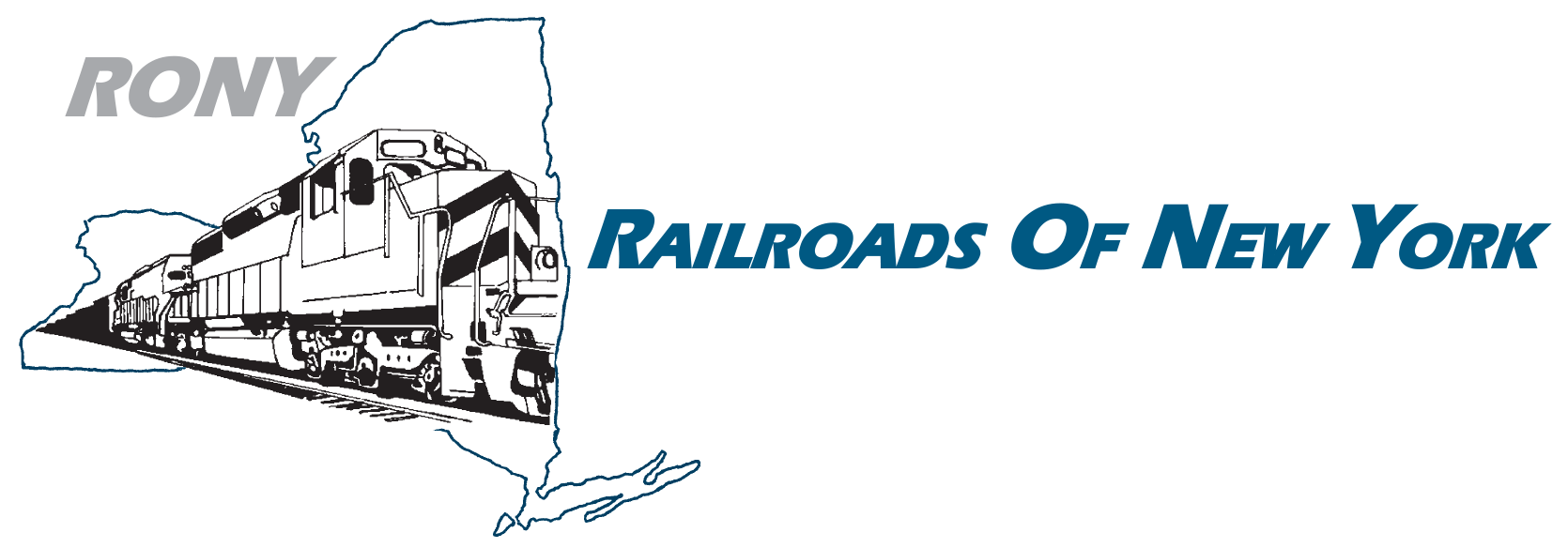MAKING RAIL SHIPMENTS SAFER
U.S. railroads had their lowest mainline train accident rate in 2017, down 32% over the past decade. In the past 10 years, fatalities at U.S. highway-rail grade crossings have declined by approximately 24%. Over the same 10-year period, trespassing fatalities have declined by 33%. In total, the number of fatalities has been reduced by 54% over the last two decades.
Freight railroads annually spend billions of dollars on bridge safety, employ expert safety personnel and inspect the more than 61,000 Class I railroad bridges in the United States.
• Between 1980 and 2016, grade crossing collisions were down 81%, injuries were down 78% and fatalities were down 69%. The grade crossing collision rate has fallen nearly every year since 1980.
• Freight rail companies have many important responsibilities that they rightfully assume that are critical to ensuring safety at grade crossings including inspecting, testing, and maintaining grade crossing active warning systems, including testing the equipment at least once a month to ensure it operates as intended and provides at least 20 seconds warning time to motorists before the train arrives at the crossing; operating the trains within speed limitations imposed by federal regulation and the railroad’s operating rules; and, providing alternate means of warning motorists in the event of a grade crossing signal malfunction.
• Each year, freight railroads train over 20,000 emergency responders throughout the country. At the Transportation Technology Center’s Security and Emergency Response Training Center in Pueblo, Colorado, first responders are trained to safely handle accidents involving railcars and other transportation vehicles carrying hazardous materials. Over 65,000 local, state and tribal emergency responders, as well as chemical and petroleum industry employees, from 49 states have benefitted from the Center’s training classes.
• Freight railroads are partners with Operation Lifesaver, the Federal Railroad Administration and the Federal Transit Administration in providing a nationwide public education campaign that helps raise awareness about risky pedestrian and driver behavior around railroad tracks. In addition, many Class I railroads operate Safety Trains which travel across the country to educate the public about railroad safety.
Hazardous Materials Shipped by Rail
Freight railroads are federally classified as common carriers, meaning that if a rail container is properly packaged and labeled, the railroad is legally obligated to transport the container, regardless of the contents inside. Because freight railroads provide the safest means of land transportation, they are required by federal law to transport certain classifications of hazardous materials, including the most sensitive and potentially dangerous materials known as toxic inhalation hazard materials. U.S. railroads transport approximately 2.3 million carloads of hazardous materials each year, including 70,000 carloads of toxic inhalation hazard materials.
• Freight railroads also partner with the Pipeline and Hazardous Materials Safety Administration, the U.S. Department of Homeland Security and the Transportation Security Administration to help ensure a safe rail network. These entities have jointly developed the Rail Corridor Risk Management System, a sophisticated statistical routing model designed to aid railroads in analyzing and identifying the overall safest and most secure rail routes for transporting hazardous materials and crude oil.
• Freight railroads have adopted special operating practices for hazmat transport that often exceed regulatory requirements to help ensure these sensitive commodities are shipped safely and securely. As a result, 99.999% of all hazmat moved by rail reaches its destination without a release caused by an incident. Rail hazardous material accident rates in 2016 were down approximately 66% from 2000.
